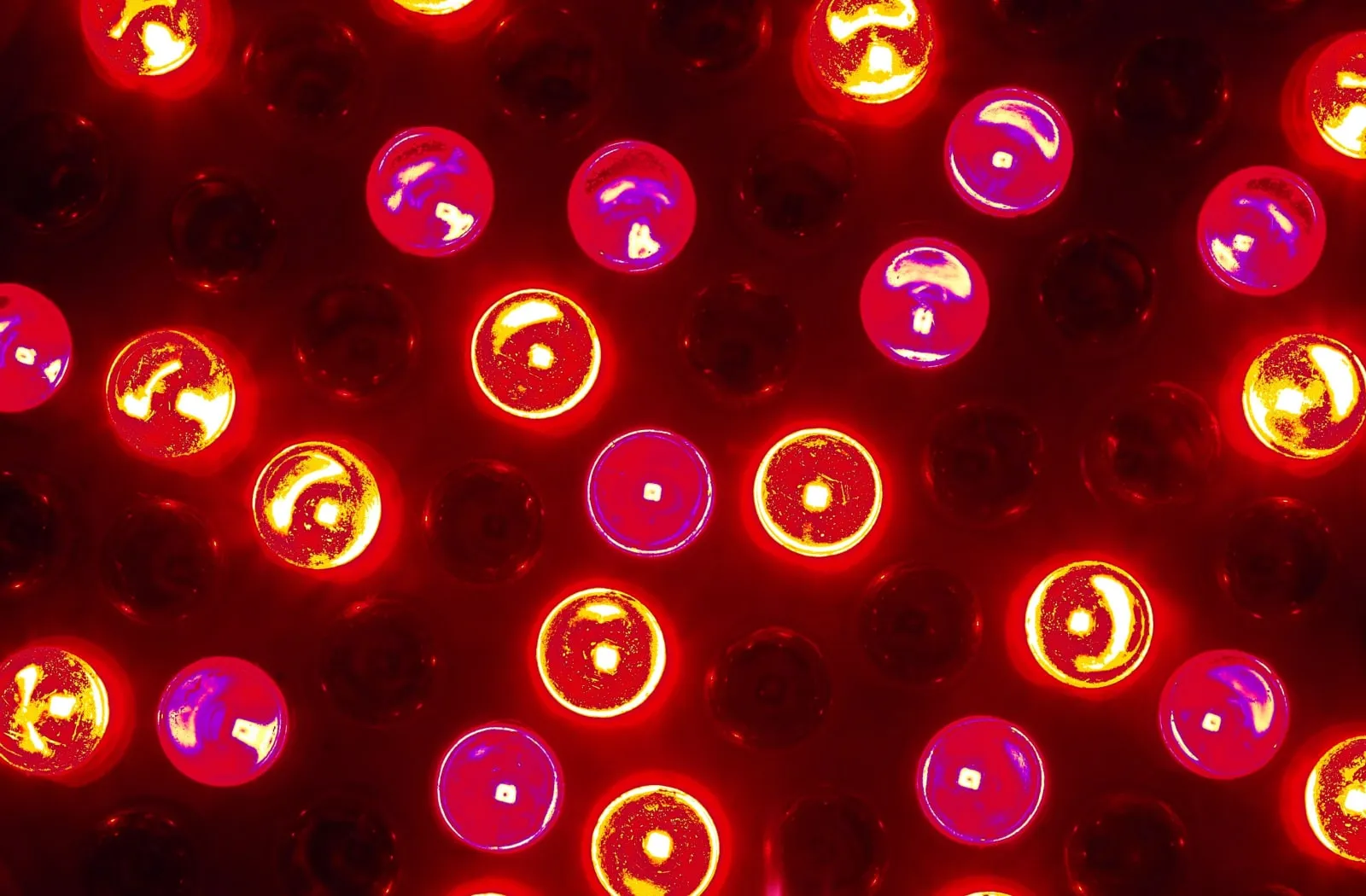In a world constantly seeking the next best solution for skin rejuvenation and health management, red light therapy is making waves. This innovative treatment, widely recognized for its ability to diminish wrinkles and combat acne, is far more than a beauty secret. Renowned for its therapeutic potential, red light therapy offers benefits ranging from wound healing to pain management and even extends into the realm of cancer care.

The Therapeutic Edge of Red Light
Red light therapy operates through a process known as photobiomodulation. By exposing the skin to LED light, this non-invasive treatment stimulates cellular activity, enhancing collagen production which is key to reducing wrinkles and scarring. According to Dr. Joshua Zeichner of Mount Sinai Hospital in New York, “It can be used across a variety of skin types, even the most sensitive individuals.” This broad applicability makes it a go-to option in dermatological practices.
Despite its benefits, red light therapy is not without its limitations. Dr. Amit Om from Charlotte, North Carolina, advises against its use for individuals with photosensitizing conditions, such as lupus, and notes that it might not be effective for those with melasma.

Balancing Expectations with Reality
While red light therapy can enhance skin’s appearance, it is not a standalone solution for all skin issues. “It’s not powerful enough to replace anything that we currently have,” states Dr. Om, setting realistic expectations for those considering this treatment. Instead, it’s often used in conjunction with other therapies to maximize results.
For those considering at-home treatments, it’s crucial to understand that these devices, although convenient, do not match the efficacy of professional in-office laser treatments. Samantha Karlin of the American Academy of Dermatology highlights the importance of regular use — several times a week or daily — to achieve noticeable results. Prospective users should also verify the U.S. Food and Drug Administration’s clearance of devices for safety assurances.

Beyond Red: The Spectrum of LED Therapies
Red light therapy is part of a broader spectrum of LED therapies, each with unique benefits. Blue light therapy, for example, is another form gaining traction, particularly among those with acne-prone skin. It targets acne-causing bacteria, significantly reducing acne levels and is also employed in neonatal care units to prevent jaundice.
However, those with darker skin tones should approach blue light with caution as it may exacerbate hyperpigmentation issues, underscoring the need for personalized treatment plans based on individual skin types and conditions.

A Note from the Pioneers
Interestingly, NASA’s early adoption and development of red light therapy highlight its promising potential beyond earthly concerns. This nod to its origins not only adds a layer of credibility but also an intriguing historical angle to its current applications in medical and cosmetic fields.
In conclusion, while red light therapy continues to gain popularity for its aesthetic and health benefits, it is essential to approach it as a complementary therapy, not a cure-all. With proper guidance and realistic expectations, it can be a valuable addition to one’s skincare and health regimen. As the field evolves, so too will the understanding and application of this versatile treatment, offering new possibilities for those seeking alternative therapeutic options.










